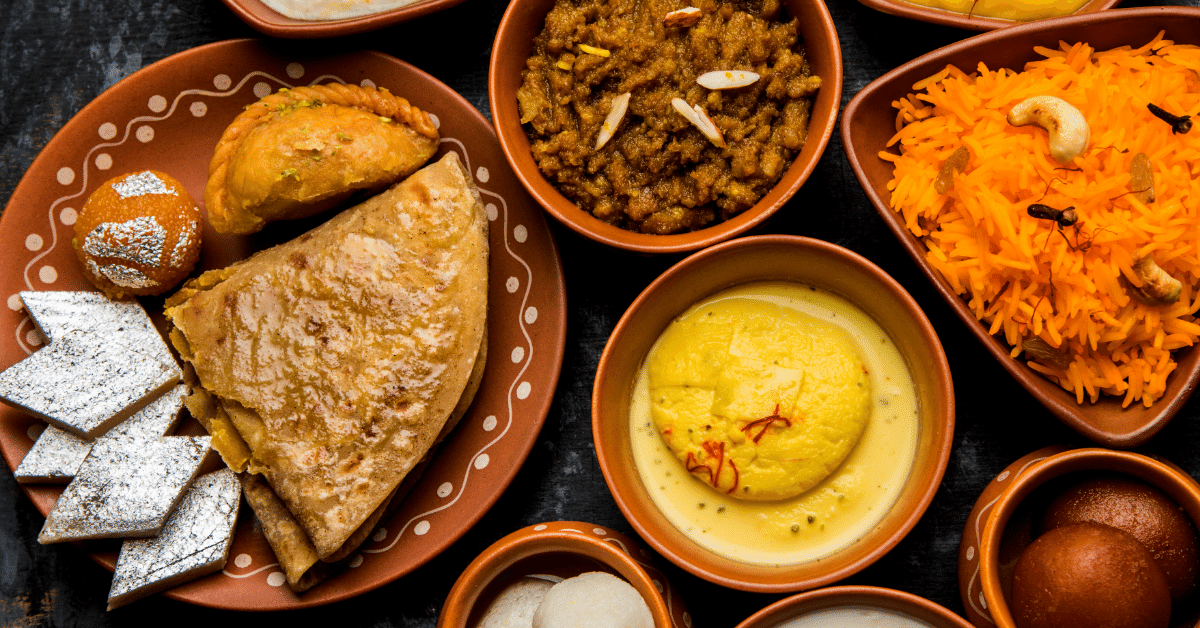Which Rava Is Best For Kesari Bath Types Differences Cooking
Know the details about the Which Rava Is Best For Kesari Bath Types Differences Cooking, Best Rava Option for the Rava Kesari Tasty Cooking
Which Rava Is Best For Kesari Bath? A Comprehensive Guide
Kesari Bath, a popular Indian dessert, is often the star of festive occasions and family gatherings. The primary ingredient in this sweet treat is Rava or Semolina, which plays a crucial role in determining the taste and texture of the dish. So, which Rava is best for Kesari Bath? Let’s delve into the world of Rava and find out.
Which Rava Is Best For Kesari Bath Types Differences Cooking
Rava Types and Differences
Rava, also known as Sooji or Semolina, comes in various forms, each differing slightly in texture and cooking times. The most commonly used varieties are:
- Fine Rava: Also known as Chiroti Rava, this variety is finely ground and cooks quickly. It’s ideal for dishes that require a smooth and soft texture.
- Medium Rava: This is the standard variety available in most grocery stores. It has a coarse texture and is commonly used to make Upma, a savory Indian breakfast dish.
- Coarse Rava: This variety has the coarsest texture and takes the longest time to cook. It’s often used in dishes like Dhokla and Idli.
Which Rava Is Best For Kesari Bath?
When it comes to Kesari Bath, Fine Rava or Sooji is generally the preferred choice. The fine grains of this Rava absorb the sugar syrup quickly and evenly, resulting in a Kesari Bath with a soft, melt-in-your-mouth texture.
It’s important to note that regardless of the type of Rava you use, roasting it well before adding any liquid is a crucial step. Roasting not only enhances the flavor but also prevents the formation of lumps during cooking.
Cooking Method Using Fine Rava
To make Kesari Bath using fine Rava, you’ll need:
- 1 cup fine Rava
- 1.5 cups sugar
- 2 cups water
- 1/2 cup ghee
- A handful of cashews and raisins
- A pinch of saffron strands
- 1/2 tsp cardamom powder
Start by heating the ghee in a pan and roast the cashews and raisins until golden. Remove them from the pan and set aside. In the same pan, add the Rava and roast it on a low flame until it becomes aromatic.
In another pan, boil the water and sugar together until the sugar dissolves completely. Add the saffron strands to this syrup.
Slowly pour the syrup into the roasted Rava, stirring continuously to avoid lumps. Cook until the Rava absorbs all the liquid and becomes fluffy. Finally, add the roasted cashews, raisins, and cardamom powder. Mix well and serve hot.
Frequently Asked Questions (FAQs)
Q. Can I use medium or coarse Rava for Kesari Bath?
While fine Rava is preferred for Kesari Bath, you can use medium or coarse Rava if that’s what you have on hand. Just remember that these types may require longer cooking times and additional liquid.
Q. What if my Kesari Bath turns out too dry or too wet?
The texture of Kesari Bath depends on the ratio of Rava to liquid. If it’s too dry, add a little more hot water or ghee. If it’s too wet, cook it for a few more minutes until the excess liquid evaporates.
Q. How long can I store Kesari Bath?
Kesari Bath can be stored in an airtight container in the refrigerator for up to a week. Before serving, reheat it in the microwave or on the stovetop with a little ghee.
In conclusion, while there are different types of Rava available in the market, fine Rava or Sooji is generally the best choice for making Kesari Bath. It ensures a soft and fluffy texture that makes this sweet dish a delightful treat for your taste buds.


